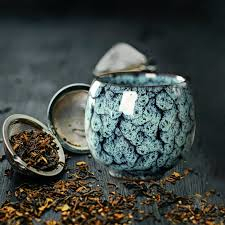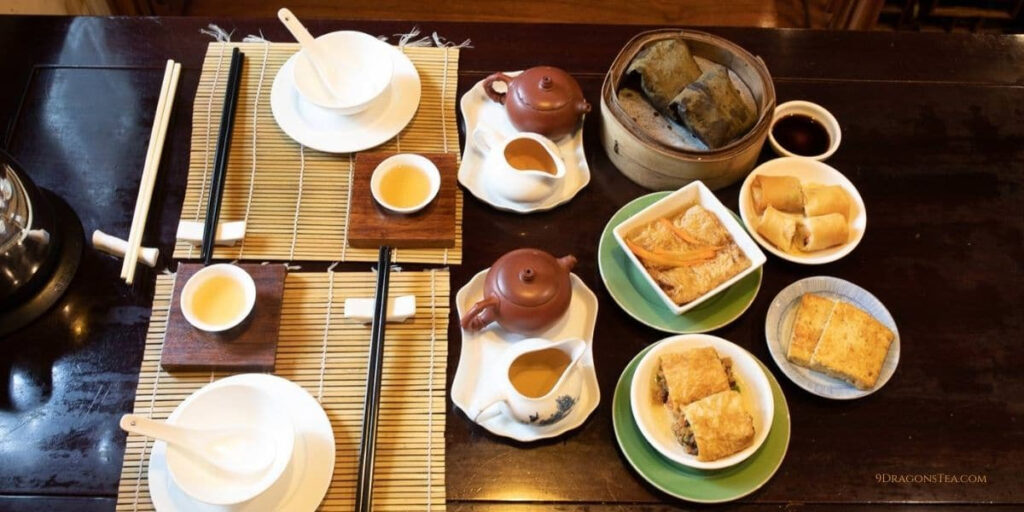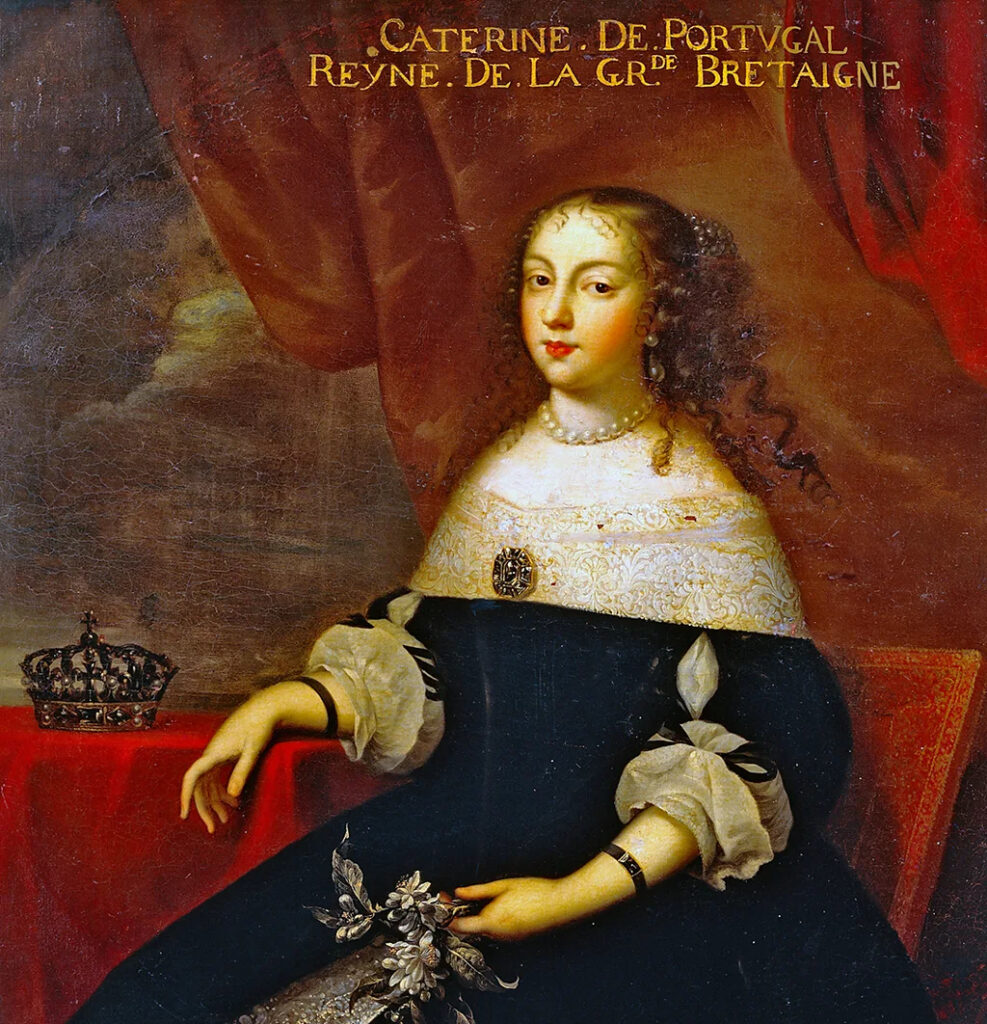What is a concept of a tea house?
A tea house, sometimes called a tearoom, is a venue designed for people to gather for the purpose of drinking tea, which is often combined with other activities and entertainment. Many claim that the history of tea houses dates back to the Chinese dynasty Kaiyuan era and then followed by the Song dynasty. It was then when the entertaining part of the tea house was introduced including poets, actors or singers. Some tea houses were treated as unofficial courts where arguing parties would meet with an arbiter to discuss their conflict while tea was being served. Quite often a resolution of the issue was achieved without unnecessary trial or jury. The two parties would formally offer apologies for engaging in a dispute, shake hands as a sign of agreement, pay for their and arbiter’s tea, and leave the place in peace.
Ambiance was less important than a holistic idea of the venue. The venue was meant to be open and available to everybody who just wanted to drink a cup of tea and spend a few relaxing minutes outside their homes. The interior design was predominantly modest, from small calligraphy scrolls to simple wood furniture.

Serving tea
Most of the time the tea house would use teas that grow locally in the region where it is located. Hence, if you went to the West Lake area you would most probably drink Longjing, but if you travelled to Fujian you would taste Oolong, otherwise white tea would be available everywhere. Tea was often poured into “gaiwan”, term used for a very convenient teapot combined with a cup at the same time. Some regions used copper teapots, others porcelain. The small traditional handleless cups were usually made of porcelain too, which can be very delicate or very sturdy.

Modern Chinese tea house
Nowadays, the tea house is a preferred place for Chinese people to do some business. They surround themselves with style and grace, drinking high quality tea and engaging in serious business conversations. The host of the tea house often shares the knowledge about fine teas being served there and orders the best tea of the house as a kind gesture showing the respect for their guests and to help with closing the deal.
In some tea houses a delicious culinary twist has been included in their offering. The most popular one is “dim sum” which is a wide range of small Chinese dishes usually consumed for brunch. Different snacks are normally served with pots of strong tea. This tradition is massively popular in China. Waiters walk around tea rooms with hot dim sum lying on covered metal trays or bamboo baskets which are placed on the round tables where everyone can scoop up their favourites with chopsticks in hand. In Cantonese, this tea room experience is called “yum cha”, and is often part of weekend morning family gatherings.

The Chinese tearoom of “yore” has retained its popularity as a safe place for groups of women to gather unaccompanied by guardians or spouses, or for a single person to stop for a cup of tea on a work or shopping break, and as a place for elders to smoke and drink tea.
Throughout all these centuries tea houses’ purpose was to focus on being a place for the community to get together and have a friendly conversation over a cup of tea. The entertainment and décor were never officially formalised or governed by any protocol or ritual. Instead, they are natural outgrowths of what happens when people gather to share the news of the day, tell traditional stories, and play songs in the sanctuary where people forget about worries by sipping delicious tea.
Tea houses in Europe
Some may think that drinking tea originally comes from the English culture and its famous “tea time”. That is a wrong perception because tea was actually introduced in Europe by the Portuguese. They first had contact with this Chinese drink and brought “cha” back home. It happened in the 16th century when Portugal was actively interacting and trading with Asian countries. How did tea end up in England then? Thanks to Catherine of Braganza who married king Charles II and brought tea traditions to the Royal house. Later, Portugal was about to lose the ability to trade hence Dutch and British started to trade with the East India Tea Company. After that, tea appeared in France and Germany. Although tea houses exist in Europe, they first grew roots in England. So much so that it’s now an integral part of their life and culture.

The first public place where tea was offered was the coffee house back in the 17th century. Tea quickly gained popularity and outpaced coffee, by 1700 over five hundred coffee houses sold tea.
In London the Aerated Bread Company created the first public tea room. It became popular relatively quickly and turned into a chain. Today’s definition of the tea room in Britain means a small room or a restaurant where tea and other beverages are served. Depending on the kind of tea, whether afternoon tea or high tea, determines the food served. Tea can be also offered in hotels, for example Brown’s Hotel has been serving tea for 170 years now.


Nowadays tea rooms exist all around the world. French have their Salon de The, British their tea rooms etc. I find those in England particularly interesting as they are literally ingrained in their daily tea sipping culture.
Happy tea time!
